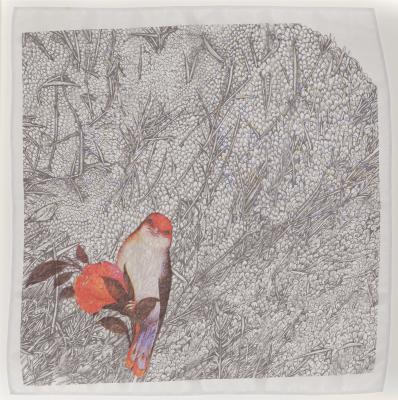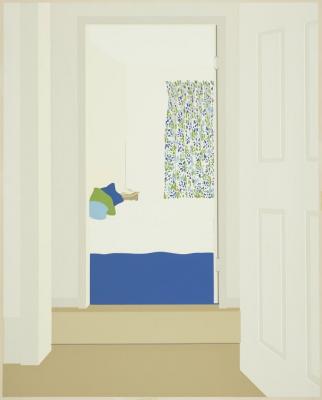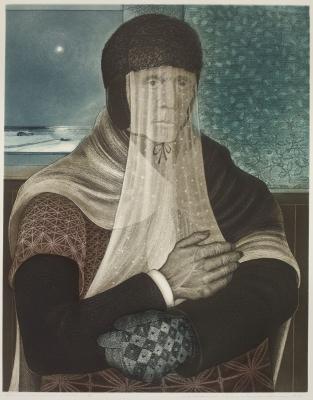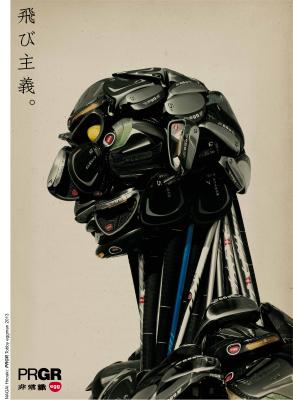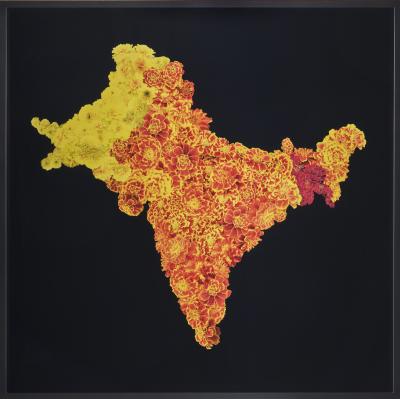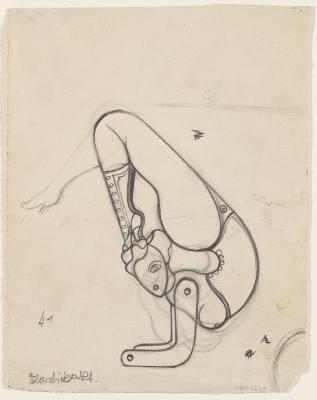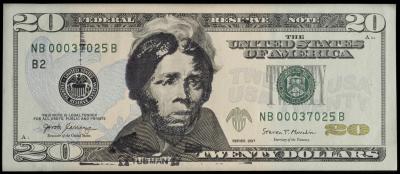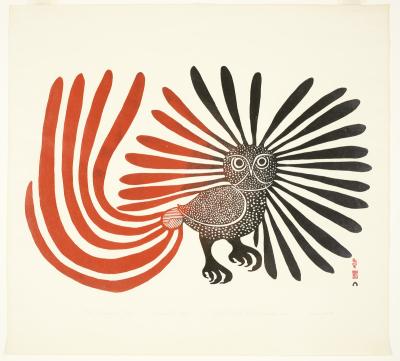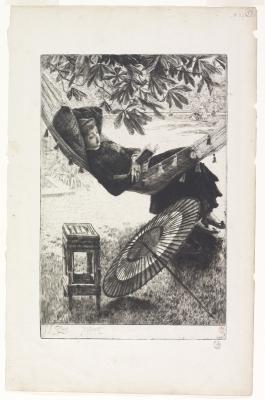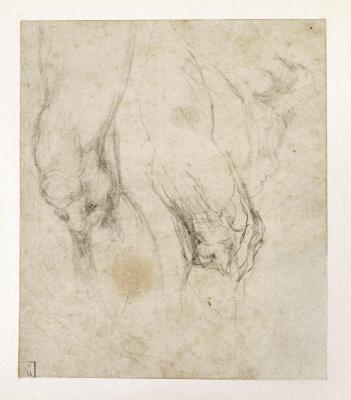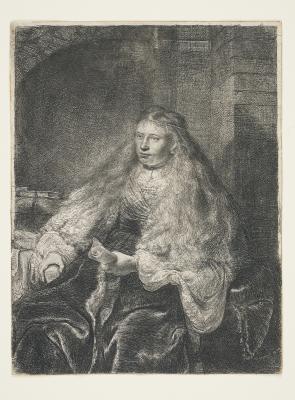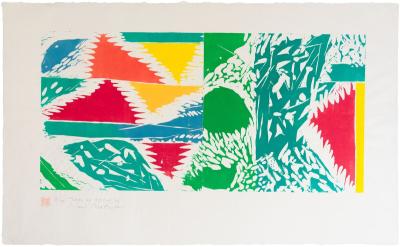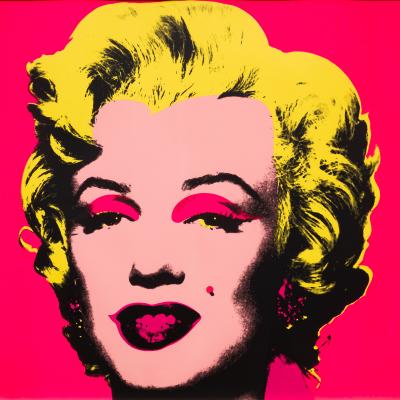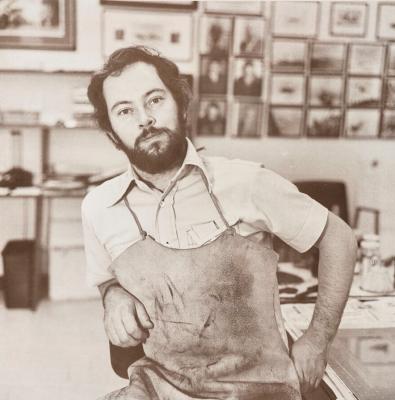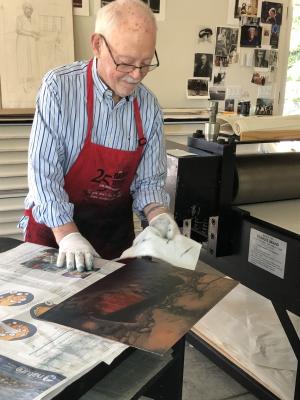Coins and bills defaced at the AGO
Take a closer look at four works from Defaced! Money, Conflict, Protest

Unknown, U.S. 20 dollar bill, 2017 series, overstamped in black ink with an image of Harriet Tubman, No. NB00037025B. (© Dano Wall). Paper and ink. 156 x 66.3 mm. The Syndics of the Fitzwilliam Museum, University of Cambridge. CM.1671-2019. Photo ©️ The Fitzwilliam Museum, University of Cambridge.
Physical symbols of statehood and governmental rule make perfect canvases for messages of resistance. Though street signs, monuments and national flags are the most used surfaces for this purpose, money may be the most enduring. For centuries, citizens – especially members of the working class – have taken advantage of the mass accessibility of dollar bills and coins, using them as vessels to boldly critique governments. A fascinating exhibition at the AGO highlights these subversive uses of currency from the 1700s to the present day.
Defaced! Money, Conflict, Protest features historical examples of defaced coins and banknotes exhibited alongside contemporary artworks. From laboriously scratched pennies to re-imagined dollar bills, the exhibition tells the stories behind the damage, from the French Revolution to the Troubles in Northern Ireland to the Black Lives Matter movement.
Organized by Adam Harris Levine, Associate Curator, European Art at the AGO, and Dr Richard Kelleher, Senior Curator, Medieval and Modern Money at the Fitzwilliam Museum in Cambridge, U.K., Defaced explores a 250-year history of protest and includes several works never previously placed on view in Canada. We’re taking a closer look at four.
Thomas Spence’s English Three-Shilling coin
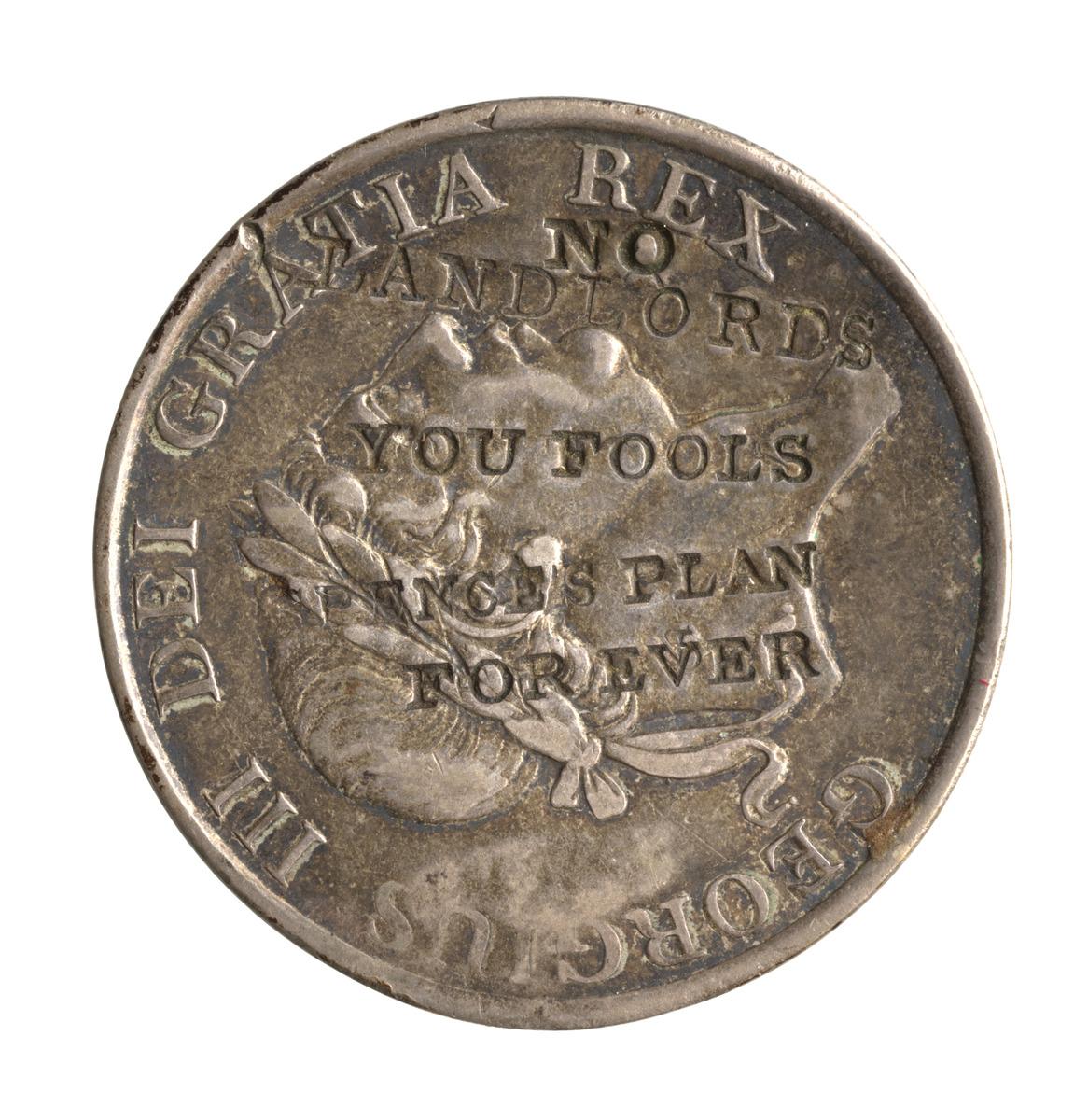
Thomas Spence, George III, silver three shilling bank token, 1813, 'NO LANDLORDS YOU FOOLS SPENCE'S PLAN FOR EVER', 1813, Coin, 1813. Silver, Diameter: 34.7 mm. The Syndics of the Fitzwilliam Museum, University of Cambridge. CM.5397-2018. Photo © The Fitzwilliam Museum, University of Cambridge.
In the mid-to late 1700s, Thomas Spence was a prominent token maker, activist and outspoken critic of the monarchy of King George III. Born into poverty, Spence spent his life developing and advancing a progressive philosophy called “Spence’s Plan”, advocating for the universal right to vote, child protections, and the redistribution of land ownership across class divides. Pictured above is a token designed by spence, made to look like a real three-shilling piece, engraved with a bold message about land ownership.
US 20-dollar bill stamped with Harriet Tubman (image at top)
In early 2016, the then US Treasury Secretary announced the 20-dollar bill would be redesigned, placing President Andrew Jackson on the back and Abolitionist and Underground Railroad hero Harriet Tubman on the front. Later that year, the Trump administration walked back this decision, putting the redesign on an indefinite hold. In response to the disappointing news, American activist Dano Wall took matters into his own hands, creating a custom stamp that converts Jackson’s face into Tubman’s when used on the 20. Wall began converting as many 20-dollar bills as possible and releasing them into circulation. He went on to sell the custom stamps on his website and made the code for 3D printing the stamp available for free, allowing others to build their own Jackson-to-Tubman converters.
The Diefendollar
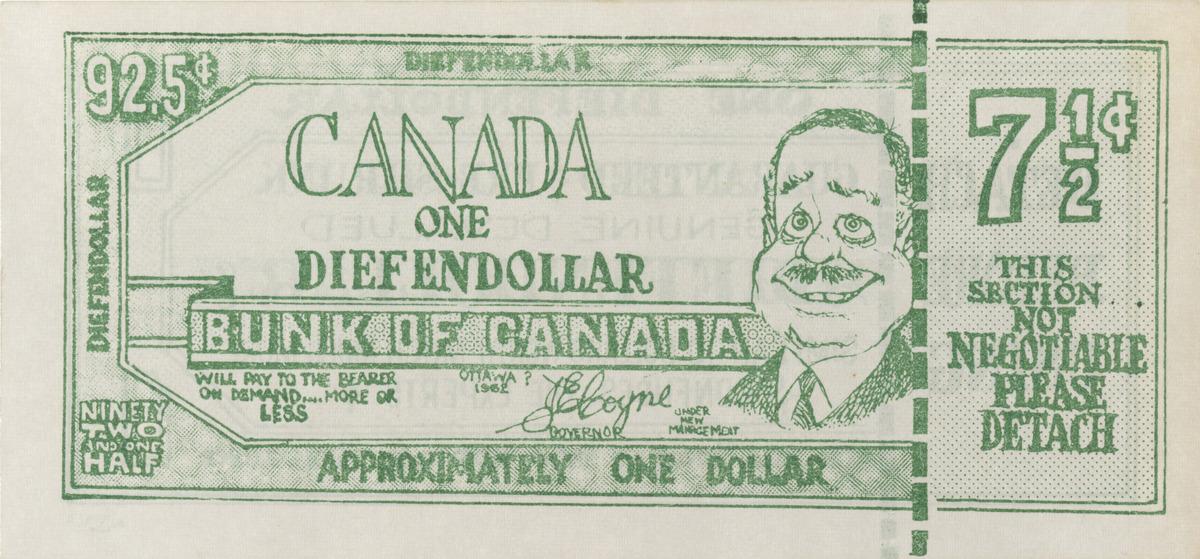
Unknown, Canada. Satirical 'Diefen dollar' 92 1/2 cents, 1960s. Paper note, framed: 32.2 x 45.0 cm. The Syndics of the Fitzwilliam Museum, University of Cambridge. CM.5-2021. Photo © The Fitzwilliam Museum, University of Cambridge.
Ahead of the 1962 Canadian Parliamentary election, the Liberal Party distributed artificial bills defaming the incumbent Prime Minister, John Diefenbaker. During Diefenbaker’s term, the economy declined, and the Canadian dollar devalued from 95 cents to 92.5 cents on the US dollar. The Liberal’s “Dienfendollars” satirized the Prime Minister’s failure, depicting a caricature illustration and noting a monetary value of 92.5 cents. Though Diefenbaker still won the election, he lost majority control of the House of Commons.
French 10 centimes with Napoleon III
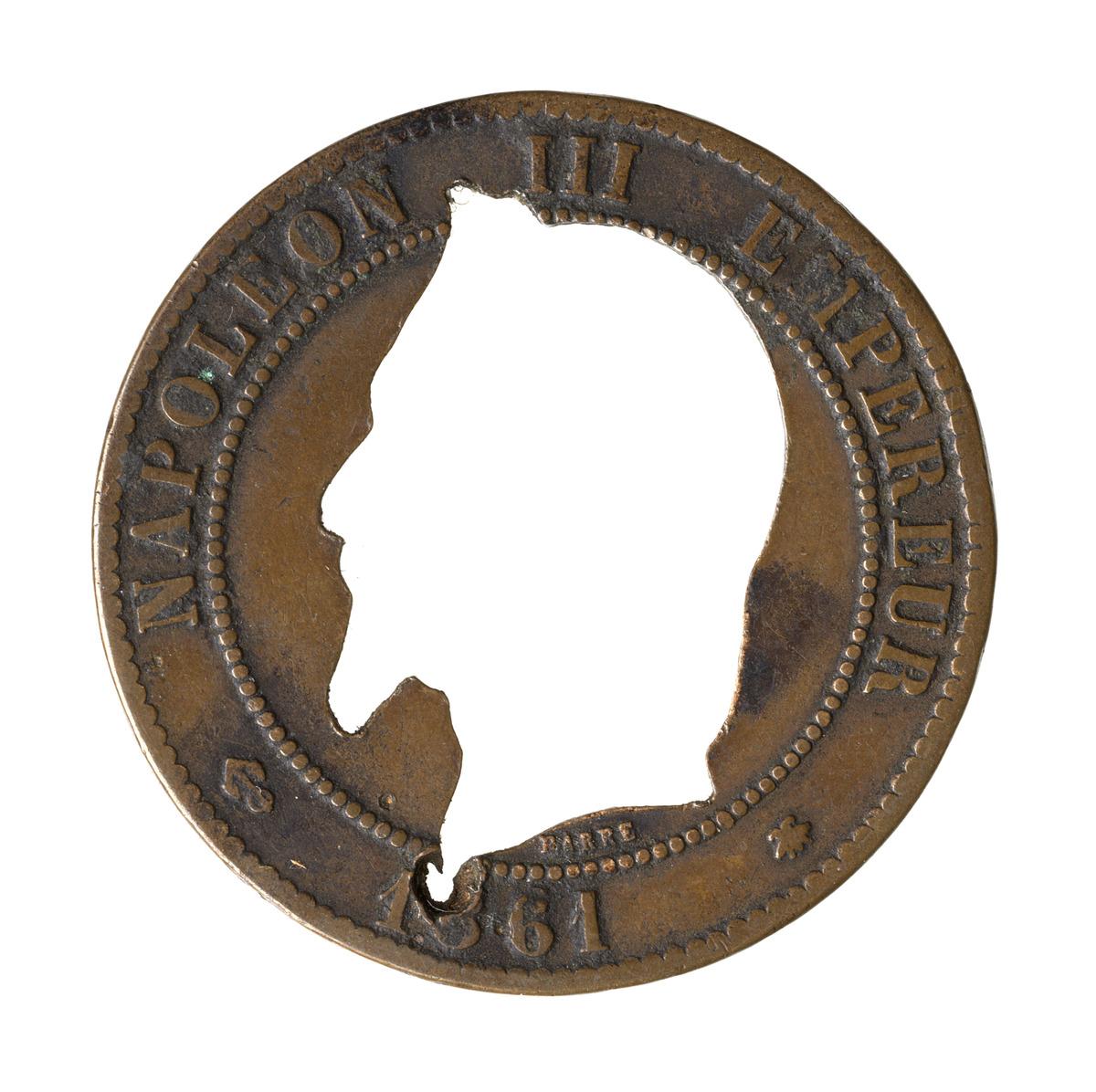
Unknown, Napoleon III, copper 10 centimes, 1861, bust removed after 1870, 1870. Coin, Diameter: 30.2 mm. The Syndics of the Fitzwilliam Museum, University of Cambridge. CM.5698.2018. Photo © The Fitzwilliam Museum, University of Cambridge
In late 1870, the French lost the Franco-Prussian war to the Northern German Confederation. To mock the defeated president Napoleon III, an unknown artist/activist defaced this coin, placing an enemy Prussian helmet on his head. The iconic Pickelhaube is the spiked metal or leather helmet worn by German soldiers at the time. Its unmistakable silhouette made it the perfect choice for a simple and effective statement.
Defaced! Money, Conflict, Protest is on view until December on Level 1 of the AGO in the Nicholas Fodor Gallery (141), the Valerie Greenfield Thompson & Hunter E. Thompson gallery (141), and the Esther & Arthur Gelber Treasury (142).

